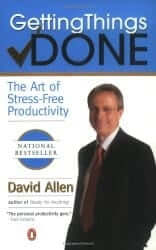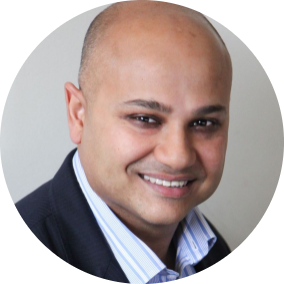How to use GTD to create a stress free and productive lifestyle.
My approach to productivity is quite eclectic. I tend to use a variety of approaches. I use the pomodoro technique when it comes to focusing on a particular task, the Steven Covey/ Eisenhower quadrant when it comes to prioritising tasks and so on.
However my overall approach to productivity is based on the getting things done approach (GTD). David Allen was thepioneer of this approach and explains it in detail in a book called Getting things Done.
The (GTD) approach is based around the idea of capturing tasks in your inbox and then assigning contexts and projects to each tasks.

Here’s how it works:
Capture all your tasks in one place in your system – let’s call it your inbox:
You capture all your tasks in some sort of system as they arise in your daily life. This system could be anything from a notebook and a pen to expensive software on your computer or smartphone). As an example You might be walking to work and remember that you have to fix the light in the corridor when you get home. Into your system it goes: “Fix light in corridor at home”. Let’s call this place where you collect all your tasks your ‘inbox’ for now.
Go through your inbox and assign a context and project to each task:
Now let’s fast forward to the end of the day. You’ve got a bunch of tasks collected in your inbox through the day. Your job is to now I go through all these tasks and decide on two things. The first is which project that particular task belongs to and the second is where you need to be in order to execute that task. The second thing is referred to as the context.
So in the above example you’d assign “the fix the light in the corridor at home” to the “Repairs and Maintenance” project and the “Home” context.
You can only complete the task when you’re at home so that’s the context you assign to it. Let’s say the task was to “call and make a doctors appointment” then the context would be the “phone” context. Get my drift?
Why assign contexts to tasks?
The benefit of assigning contexts is that it allows you to execute on all the possible tasks (from multiple projects) as long as you’re in that context.
So if you’re near your mobile phone then you can filter tasks by the “phone” context and execute on all tasks that fall within the “phone” context. You use your phone to call and make that doctors appointment and then “pay the electricity bill”, and return your missed calls and so on. The best part is you could use your otherwise dead time on a train or bus commute to get through all these tasks that are presented to you within the phone context. Something you would probably not have done otherwise.
So why is this approach to time management so much more effective than other approaches?
Two reasons:
- It gets all the pending tasks out of your head and into a task list which I revisit at any time. This frees your mind to focus completely on the present moment and dramatically reduces my stress levels. “Much of the stress that people feel doesn’t come from having too much to do. It comes from not finishing what they’ve started” David Allen
- The second key benefit is that you can batch and execute on tasks in two ways : a) by project and b) by context.
A trusted system goes a long way towards reducing stress levels.
How to use use technology to incorporate this GTD approach into your daily life?
I use this brilliant application called OmniFocus that makes it incredibly easy to incorporate the above approach into my daily life.
I capture tasks by talking to Siri on my iPhone as and when they arise through my day (you’ll need an iPhone 4S or upwards).
I then perform a daily 15 minute review of all my projects at which point I also assign projects and contexts to the new tasks.
I even assign due dates to each task. This helps me stick to timelines and helps me to discard tasks that are way past their due date (and are either redundant or not likely to ever get done)
What does this mean for you?
Put simply : a more productive, stress free and fulfilling life!
Go do it already!
(This post includes affiliate links. By purchasing items via these affiliate links you’re helping me earn a small commission at no additional cost to you. This enables me to provide you with good quality FREE content. The more you click the harder I work. :-))

